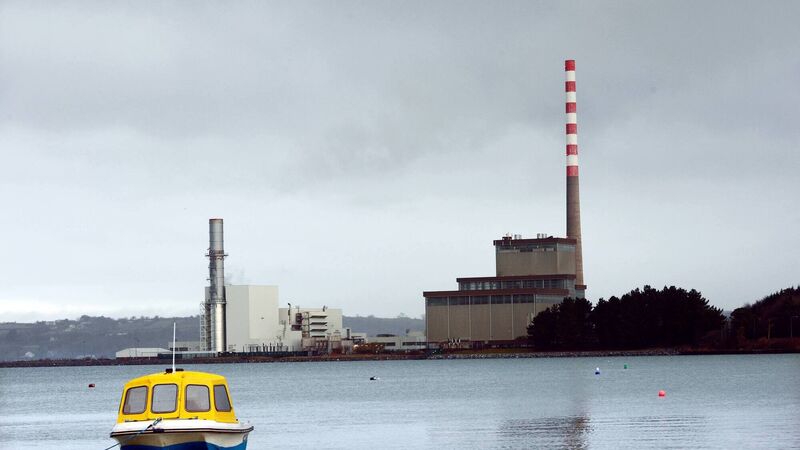Risk of electricity shortage lowest in years, EirGrid reports

EirGrid said the power generation situation in Ireland has improved for a number of reasons, including new sources of generation on the system. File Picture: Denis Scannell
There is a low risk that Ireland's national grid will have insufficient power generation this winter despite warnings being issued in recent years.
In its winter outlook, the operator of the network, EirGrid, is forecasting that there will be adequate generation capacity and a reduced risk of system alerts.
Recent years have seen EirGrid issue amber alerts when the buffer between electricity supply and demand is “tighter than optimum”. However, this most recent analysis found that the Loss of Load Expectation (LOLE) which is the number of hours in a period during which the available generation will be inadequate to meet demand, is 1.1 hours this winter, within the three-hour annual standard for Ireland.
The LOLE for this winter is down from 3.6 hours last winter, 21 hours the winter before that and 51 hours the winter before.
EirGrid said the power generation situation in Ireland has improved for a number of reasons, including new sources of generation on the system, the completion of the new 500 MW Greenlink Interconnector with Britain and the implementation of the Security of Supply Programme, led by the Commission for Regulation of Utilities (CRU).
Through the Security of Supply programme 750MW at Moneypoint and 649MW of temporary emergency generation is available as additional out-of-market generation to system operators, if required. Additionally, 108MW of new gas-fired peaker plant and 45MW of new batteries are now available to the system.
The report said the system may enter the Amber alert state at times, most likely at periods of low wind and low interconnector imports, but there is a low probability of the system entering the Emergency (Red) State due to insufficient generation.
Last winter, there were two amber alerts issued. These were issued due to storm weather warnings and were not capacity-related. Last winter also saw a new peak demand record of 6,024MW recorded on January 8 due to cold weather.
The analysis of Ireland’s peak demand over winter indicates that a 1°C decrease in outside temperature results in a 55MW increase in peak demand, meaning electricity demand in the winter is heavily influenced by weather conditions. EirGrid’s median forecast peak demand for this winter is 6,044 MW.
Diarmaid Gillespie, Director of System Operations at EirGrid, said: “The risk of insufficient generation being available to meet demand this winter is much lower than in recent years and within the standards set by our Department, which is positive.
“While the situation can be more challenging during the colder winter months, the securing of new generators and battery storage units through the Capacity Market, and out-of-market measures have been key to delivering this improved position.
"Our role at EirGrid is to balance supply and demand every minute of the day from the National Control Centre, while also planning for Ireland’s long-term electricity needs. Our grid infrastructure and the capacity and capability of EirGrid to fulfil its critical role is fundamental to unlocking greater energy independence and security, as well as supporting national and regional economic growth and a resilient society," he said.













